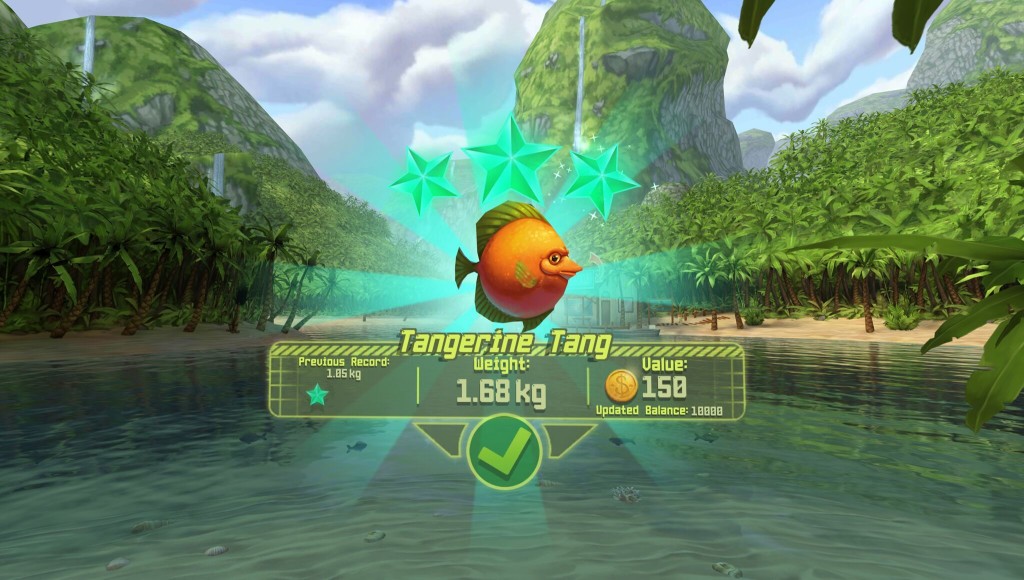Livestreaming site Mobcrush focuses on mobile games and mobile eSports. The company hosted its first livestreamed mobile tournament back in March 2015—an eight-player Hearthstone match in Boston. At this year’s SXSW Gaming, Mobcrush hosted mobile eSports tournaments for five different games over three days in Austin, which marked the first mobile eSports tournament at the pop culture festival.
This past weekend, they sponsored the return of the all-female Vainglory tournament, Femme Fatale Winter Championship. Twenty-four all-female global teams competed for a winner-take-all prize of $1,000 and 7,200 ICE (Vainglory’s in-game currency). The entire event was livestreamed on Mobcrush, with popular streamer Holly “Lady Wabeesh” Carroll reprising her role as shoutcaster.
Koh Kim, co-head of business development at Mobcrush, discusses the opportunities mobile eSports is opening up for female pro gamers in this exclusive interview.
 Why did Mobcrush decide to focus on mobile eSports?
Why did Mobcrush decide to focus on mobile eSports?
Our overarching vision at Mobcrush is to connect the one billion-plus mobile gamers in the world. ESports is a part of that strategy for a couple of reasons. Without a doubt, our community has a lot of enthusiasm for the growing mobile eSports scene, thanks in part to more and more great competitive titles coming to market, like Vainglory, Clash Royale and Hearthstone. But the Mobcrush platform also enables key elements of the eSports ecosystem that are critical to the growth of the scene: a platform for easy viewing and broadcasting, passionate personalities to rally the community, and in-stream chat tools to keep everyone connected, active and excited.
How have you seen mobile eSports grow with Hearthstone and Vainglory in recent years?
We’re seeing the scene get more competitive, with more organizations coming to the scene. It’s really exciting to see long standing eSports organizations like Team Solomid bring mobile teams under their umbrellas. At Mobcrush, we’ve been working with GankStars for just about six months, and it’s been great to see them take a leadership role in the Vainglory scene, and set a high code of conduct and lay the groundwork for building an active, inclusive, competitive community for fans and players.
How did the SXSW Gaming mobile eSports tournament go?
It was phenomenal. We had tournaments for five different games over the course of three days: Vainglory, Hearthstone, Clash Royale, Minecraft, and a game still in development, Mayhem, from Chocolabs. The diversity of the players that participated—all ages, all genders, all types of gamers—was really exciting to see.
How do you see that event evolving at SXSW?
It’s only going to get bigger and better. The gaming expo has become massive, with over 55,000 attendees in 2015, which I’m sure was exceeded in 2016. With mobile continuing to gain recognition as the most prominent gaming platform, with the widest, most diverse audience, the demand is definitely there.
Since many fans watch all types of eSports coverage on mobile devices, how does this help growth potential for mobile eSports titles?
So much of our lives are now tied to our mobile devices … communications, our professional lives, entertainment. We’re growing accustomed to viewing content on mobile, including eSports programming, on the same device we connect with friends in Vainglory or Hearthstone. The experience is so intertwined. I think the mobile platform itself, with its ever-growing capabilities and uses, and how ingrained our devices are in our moment-to-moment lives, is a huge boon for the mobile eSports scene.
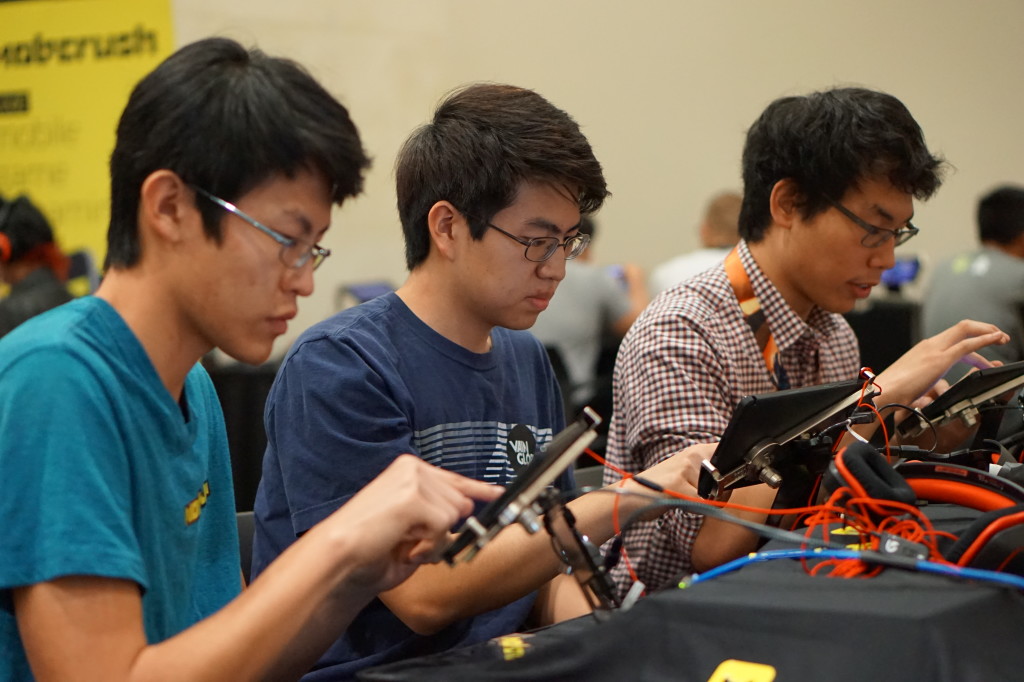
Mobile gaming seems to have a very large female player audience. What does this open up for female pro eSports with Vainglory or Hearthstone?
It’s something of a “clean slate.” We’re seeing a better mix of male and female players in the top ranks, and many more mixed teams. That’s a great message for the community. There are more female players and personalities, giving other females the role models they’re looking for. That really puts out the message that any hardworking, talented player will have a platform to succeed, and the support of the community.
We haven’t seen a lot of growth with traditional PC and console female pro eSports. Do you feel that will evolve over time?
I think it will. There are certainly more opportunities in general in PC and console eSports, and for all the discussion this topic gets, I hope there will be more efforts and strides made in actually changing the course. I do think that the rise of mobile eSports, with a more balanced community, will help to pave the way for diversity in console and PC eSports.
Have you seen interest in the Femme Fatale Vainglory event grow from the first one to this second one?
Absolutely. Last year’s event went over really well, with fans congregating at live viewing parties, and a great showing from all the players. Many of the players from last year’s event went on to join competitive teams, and continue to rise through the ranks. This year’s event, we’re seeing a lot of interest, but also a bit of a different flavor. The competitive spirit is amped up, as we have top players coming to the tournament with rivalries and reputations to uphold. It’s going to be an awesome event.
What are your future plans with PAX and other public events with mobile eSports?
After the successes we’ve had at SXSW Gaming and the second Femme Fatale Tournament, we’re eager to continue giving mobile gaming fans the opportunity to play, connect and compete with one another. We’ll have more event news to share soon.
Do you feel like we’re past the hump of people not accepting mobile eSports as legitimate?
I think we’ve come a long, long way, but we have a ways to go. Same for PC and console eSports. For eSports to continue to grow, in both the mobile and PC/console space, it has to become more accessible. ESports content needs to be easy to find, follow and understand, with an inclusive, welcoming community to rally around it.
Despite the massive growth, high profile sponsors, prize pools, and TV broadcasting contracts, there’s still that underlying sentiment that can arise of, “Why would anyone want to watch someone else play video games?” At Mobcrush, we’re eager for people to jump on a stream and see that’s not what it is at all. It’s socializing, connecting, supporting and playing with other gamers.
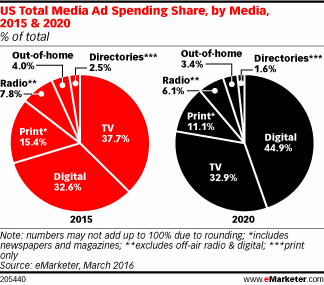
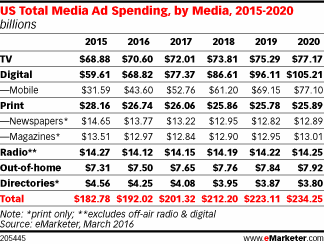
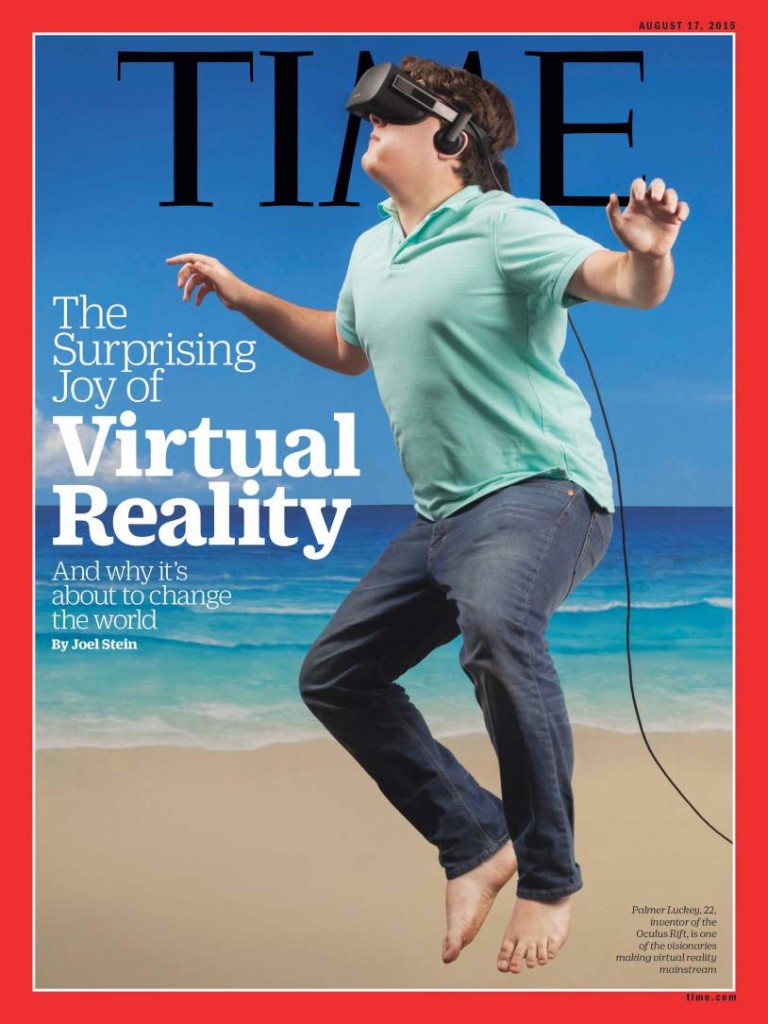


 Why did Mobcrush decide to focus on mobile eSports?
Why did Mobcrush decide to focus on mobile eSports? 
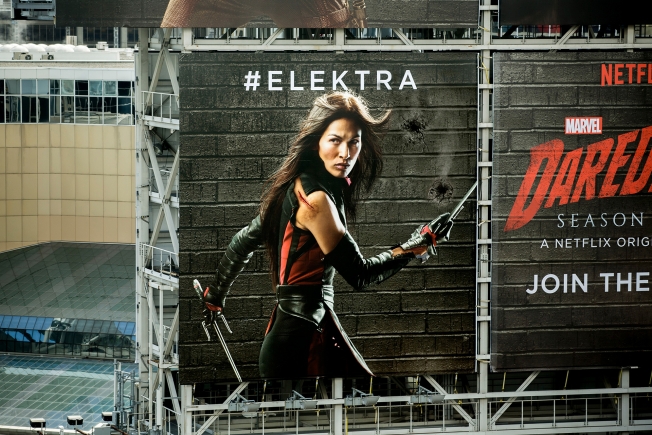
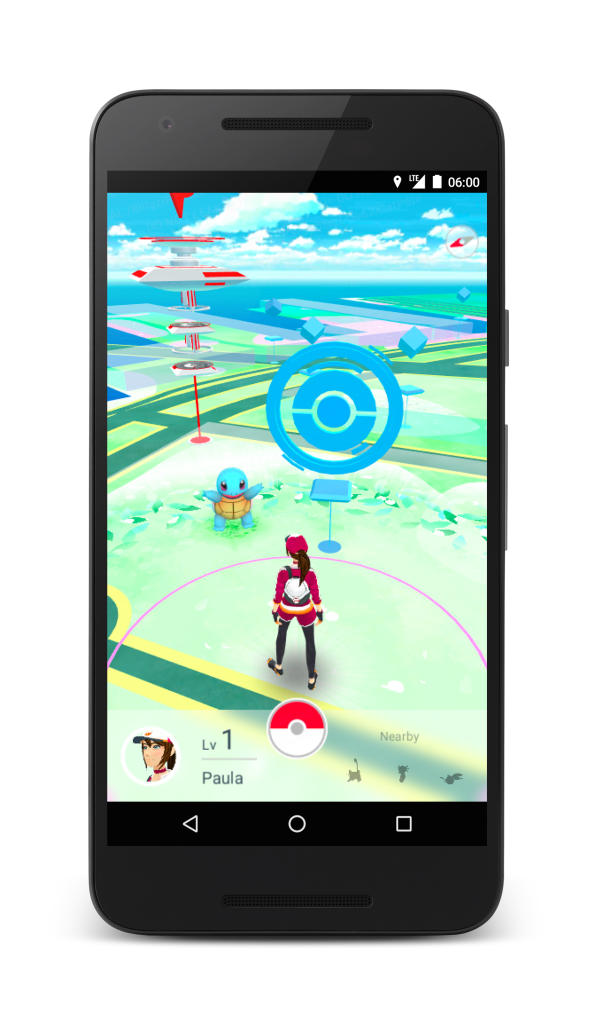
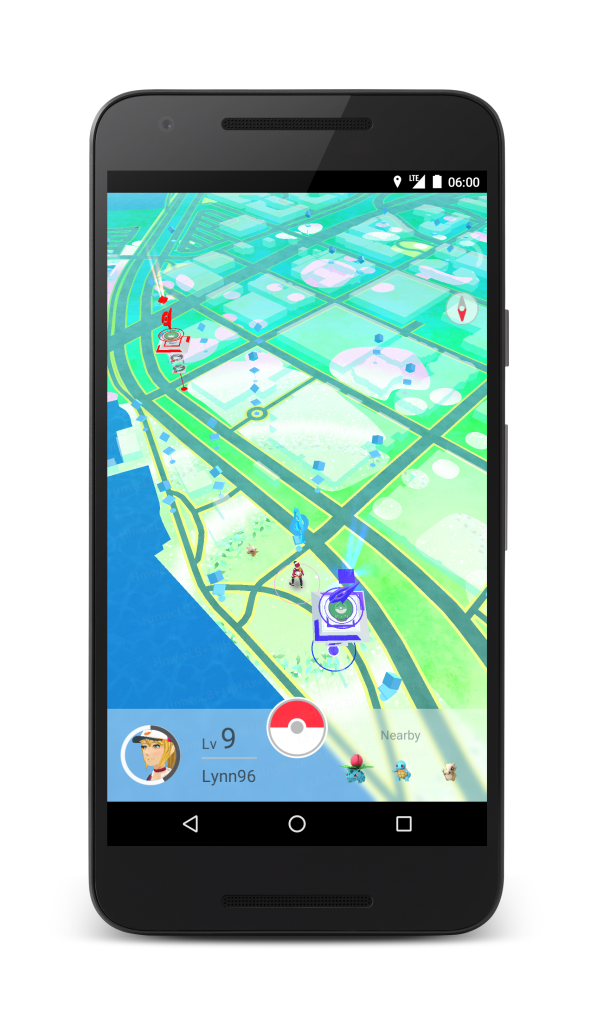
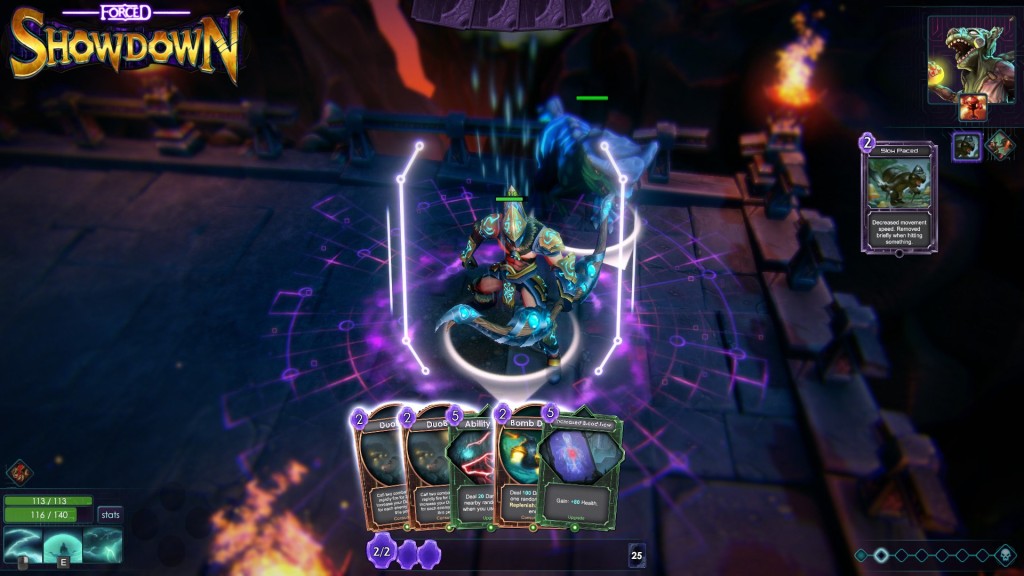
 Steffen Kabbelgaard, CEO and game director at BetaDwarf, spoke with [a]listdaily about how the idea for the campaign came together. “We think our game is suited for streaming, and we wanted to kickstart that in some way. The more eyes there are on the game, the more potential sales. Since the community is helping us hype the game, we would like to return the favor by making it cheaper—[it’s a] win-win!”
Steffen Kabbelgaard, CEO and game director at BetaDwarf, spoke with [a]listdaily about how the idea for the campaign came together. “We think our game is suited for streaming, and we wanted to kickstart that in some way. The more eyes there are on the game, the more potential sales. Since the community is helping us hype the game, we would like to return the favor by making it cheaper—[it’s a] win-win!” Sitting down with Tommy Palm at GDC, [a]listdaily got to experience Bait! firsthand using the Samsung Gear VR. One of the great features of VR is that the immersion into a game is immediate, unlike any other platform. That’s especially important with a game like Bait!, where the sense of relaxation is palpable. The game’s simple interface lets you get into fishing right away, and enjoy the relaxing tropical vistas while reeling in some very unusual fish. “A lot of people like to use games as a means to relax, come home from a stressful day and quickly get into a different pulse,” said Palm. “I definitely feel this VR title can be great at doing that.”
Sitting down with Tommy Palm at GDC, [a]listdaily got to experience Bait! firsthand using the Samsung Gear VR. One of the great features of VR is that the immersion into a game is immediate, unlike any other platform. That’s especially important with a game like Bait!, where the sense of relaxation is palpable. The game’s simple interface lets you get into fishing right away, and enjoy the relaxing tropical vistas while reeling in some very unusual fish. “A lot of people like to use games as a means to relax, come home from a stressful day and quickly get into a different pulse,” said Palm. “I definitely feel this VR title can be great at doing that.”